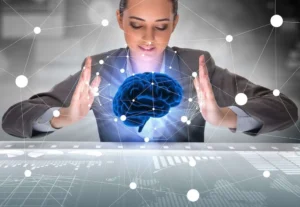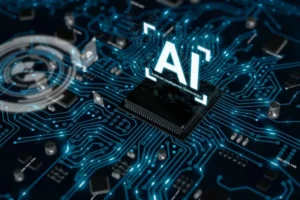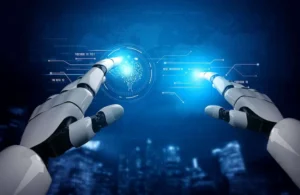Defining Neuro-Symbolic AI and Its Significance
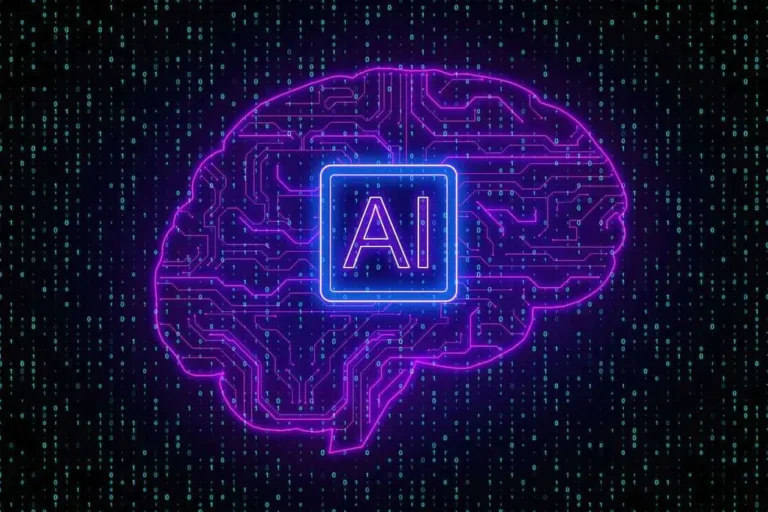
Neuro-symbolic AI is rapidly emerging as one of the most compelling trends in the business applications of artificial intelligence. It brings together two techniques: artificial neural networks (ANN) (learning from a huge scope of data) and symbolic reasoning (using explicit rules and logic to make sense of info). On their own, each method has its strengths and limits. However, when they work together, they create more accurate systems and better explain how decisions are made. Such an approach is helping build smarter, more reliable, and more human-friendly technology.
What is Neuro-Symbolic AI?
There is an old debate among AI developers: Which is better, neural networks or a symbolic approach? Neural models learn from examples, and symbolic ones work more according to clear rules.
Symbolic approaches have proven themselves well in certain areas, such as fraud detection or expert systems, where logic and accuracy are important. But now, these two worlds, the neural and the symbolic, are starting to merge.
Neuro-symbolic AI highlights an upward trajectory in artificial intelligence. It aims to design systems that are more intelligent and capable of reasoning. The approach integrates the strengths of ML and neural networks with the structured logic of symbolic reasoning. When combined with the advanced powers of LLMs, the result is an AI system that moves beyond simply generating outputs; it’s capable of thoughtful, context-aware decision-making.
One feature of the model is that it thinks on several levels. In other words, it explains its actions, allowing you, as a user, to better understand the reasoning behind its decisions. It helps make AI more understandable and reliable; when you see how it makes decisions, it is easier to trust it.
Still, one important warning remains. For such deep learning neural networks to work well, they need a lot of resources, a lot of data, powerful computers, and time for training. Moreover, it is often unclear how exactly they came to a certain decision. It’s a bit inconvenient because we can’t always explain why the AI said or did something in a certain way.
Researchers are debating whether it is better to stick entirely to neural networks or combine them with symbolic approaches, such as neuro-symbolic AI does. There is also much debate about whether it is worth trying to copy how the human brain works at all. Neural networks are modeled after the way our brain connects neurons. Symbolic AI is when we try to write down our thoughts and rules clearly. It raises the question: Can these two approaches be combined? Can they work together as one team? Neuro-symbolic AI is an attempt to answer the question and test how to make AI better by combining both methods.

We are confident that we have what it takes to help you get your platform from the idea throughout design and development phases, all the way to successful deployment in a production environment!
Benefits of Neuro-Symbolic AI
Researchers are constantly thinking about how to make artificial intelligence smarter and more trustworthy. They came up with the idea: Take the best of two different approaches and combine them. Both of them have certain limitations.
And here’s the most interesting thing. If you combine these two approaches, you may make one cover the weaknesses of the other. Let’s see what perks they bring:
- It makes AI easier to understand. Symbolic logic helps explain how a neural model reached a certain decision, which is especially useful when you need to build trust.
- It also speeds things up: neural models handle the grunt work of labeling data, which makes it easier to train symbolic systems.
- Then there’s accuracy. Symbolic algorithms act like a second set of eyes, helping spot when the neural model gets something wrong.
- They’re also great at organizing chaotic information, like text or images, into something that structured systems actually work with.
And when it comes to choosing what matters most, neural models help focus efforts where they count.
Why is Neuro-Symbolic AI Important?
It’s important because it uses two very different ways of thinking in one system. On one hand, you’ve got neural networks, which are great at picking up patterns from data. They just “know” things after seeing enough examples. However, they don’t explain how they arrive at their conclusions, which can be a serious issue in fields where transparency is crucial, such as healthcare or finance.
On the other hand, symbolic AI is all about rules, logic, and structure, more like traditional reasoning. It’s clear, traceable, and useful when you need to understand decisions or follow strict guidelines. But it’s not great at dealing with messy, real-world data.
Neurosymbolic AI combines these two. It learns from data and reasons with knowledge, which means you create systems that don’t just guess but also justify. The result? You get both accuracy and reliability in one. As AI moves deeper into complex parts of our lives, that combination becomes necessary. It’s a step toward more trustworthy, human-friendly AI.
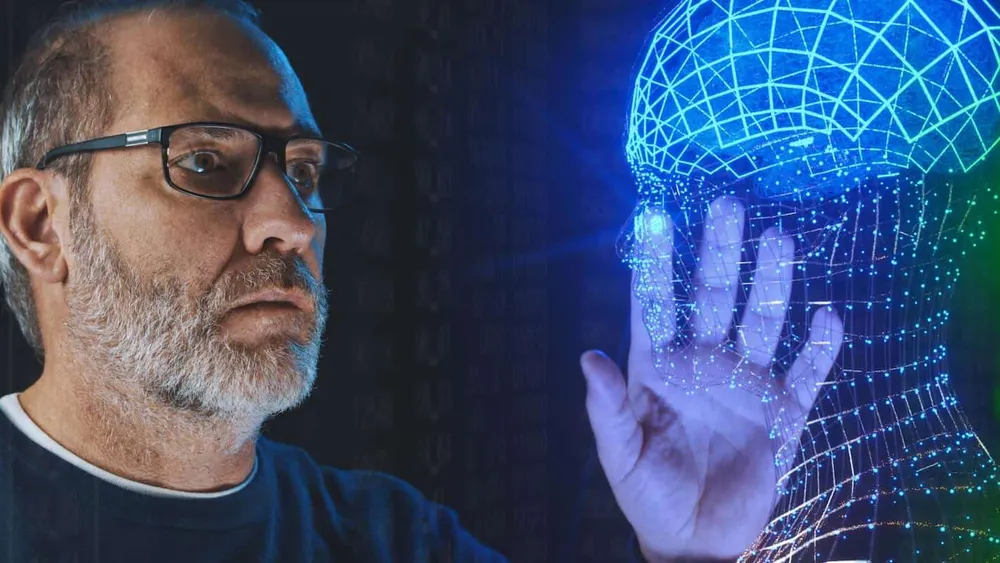
The Application Of Neural-Symbolic AI
This one is significant for those areas where you need to answer something quickly and work through tricky situations. It helps when there is a lot of data, and you need to do something with it. For example, when the system must pick up what is in the image or text and sign it correctly (automated data labeling), this AI copes with it better.
Now, let’s take a look at enterprise applications.
Medical Services
Clinics and labs have begun using neuro-symbolic AI to find rare diseases even when there is little data on a patient. It looks at symptoms, genetics, and similar cases from the past to see what traditional systems might miss. Generative AI (GenAI) further amps up these capabilities as it helps to create new data and predict what might happen next.
Finance
Banks and financial startups use this one to detect fraud. They use pattern recognition and logic-based checks. Instead of just flagging big transactions, it understands behavior changes, like odd login times or unusual locations. Such a layered insight makes risk assessment faster and more accurate. Similarly, optical character recognition (OCR) benefits from neurosymbolic AI. It improves document analysis and data extraction.
Media
Streaming platforms rely on the tech to interpret sounds and images and determine their meaning and context. AI is now able to tag scenes not just by items but also by emotion or narrative flow. A deeper comprehension drives more pertinent suggestions.
Robotics
In industrial settings, robots use neuro-symbolic AI to make real-time decisions depending on rules and sensor feedback. They avoid obstacles and also consider task urgency and workflow logic.
Cybersecurity
Security systems reason through small anomalies to spot attacks before they escalate. They react to viruses and present a bigger picture from small signs across systems. It means faster responses and fewer false alarms. Moreover, agentic orchestration plays a critical role. A collaborative effort optimizes decision-making processes.
Challenges Associated with Neuro-Symbolic AI
Creating neural AI is not just about connecting two intelligent systems. You need them to work well together, and that’s where the difficulties begin.
First, there’s the challenge of representing knowledge. Neural networks interpret the world in one way, while symbolic systems use an entirely different framework. Information must be translated between their respective languages for the two to communicate. This is a complex task, as each system has its own data storage method.
Another problem is connecting these two systems. The way they are connected affects their effectiveness. If you give them inaccurate data, the symbolic part can give the wrong answer — it is called “hallucinations.”
Also, there’s the issue of time. The data constantly changes, and both systems may not keep up. They need to be updated regularly; otherwise, they will start to work worse.
When multiple systems work together as a team, even a small error in one can disrupt the entire process. In autonomous AI agents, a minor flaw can cascade through the workflow, affecting overall performance.
So, while neuro-symbolic AI offers valuable capabilities, building and maintaining it requires significant effort. It demands thoughtful design, extensive testing, and continuous monitoring to ensure everything functions as intended.
Future of Neuro-Symbolic AI
Neuro-symbolic AI is still in its infancy. Scientists are just getting started, and so far, it often works like this: one system is used to help the other. For example, neural networks sort or label data, and then symbolic systems work with it. But the real goal is to make both types of AI work together constantly, at every step.
Imagine untangling a bill: who purchased what, for how much, and under which terms? Or some sensors continuously send information. You need to detect patterns, errors, or necessary actions to understand what it means. That’s what researchers are working on now so that both approaches can figure out such things together.
The direction of intelligence automation is about combining two intelligent ways of thinking. Thanks to this, systems better understand the situation, explain their actions, and make accurate decisions. Over time, it could greatly help in many areas. For example, in cybersecurity, medicine or the finance industry.
The bottom line: Neuro-symbolic AI may be powerful, but it should never replace human oversight. Just because it can “think” doesn’t mean we can forget important things like privacy, ethics, and security. It’s essential in areas where people’s lives depend on the system, such as medical diagnosis or treatment.
Top Articles
Human-in-the-Loop: Enhancing AI and ML Efficiency
I am here to help you!
Explore the possibility to hire a dedicated R&D team that helps your company to scale product development.



